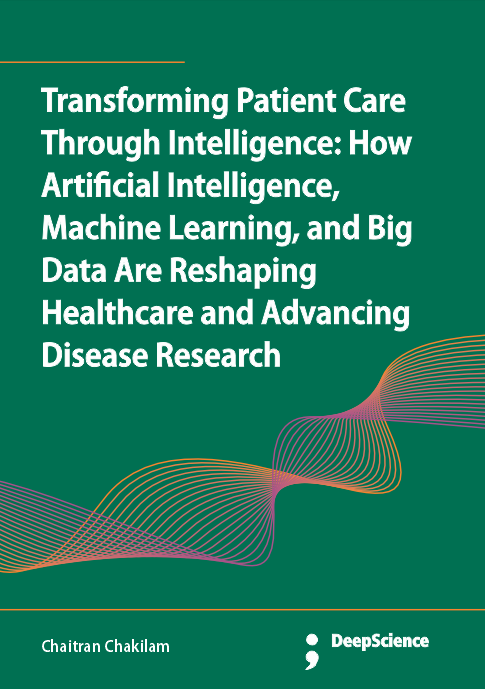Personalizing patient journeys with real-time data streams from wearables and remote health devices
Synopsis
The increase in personal wearable device use enables the continuous measurement of users’ health and anthropometric features. Many digitally collected health and behavioral data is already captured. These streams can include physical activity, calorie burn, heart rate, and sleep patterns. Recently, remote health and wellness devices are equipped with options to synchronize the captured data to different real-time aggregation platforms. As of this year, a number of software platforms are available on the market that enable real-time data aggregation of the collected personal wellness and health monitoring devices. All of them provide application programming interfaces (APIs) to manipulate the synchronized data streams. To further foster the aggregation and distillation of personal wellness and health monitoring devices, additional filtering and processing methods are needed to sift through the combined data streams and provide necessary feedback without information overload. Last but not least, these generated systems need to be user friendly with a design that will make the communities adherent and loyal. Anecdotally, this implies that the designed system has taken both inputs and critical insights from the future community of interest to design a system that ultimately benefits those who use it the most. To empirically test that hypothesis, and provide a design pattern of what a successful software ecosystem is for patient engagement, the company’s want to understand the community's software usage habits. A few sample questions of interest are assessed and the percentage distribution on each is calculated. Outcomes and aggregate data will be shared with the scientific community within 30 days of receiving the request. It is possible that aggregated data will also be made publicly available and freely shared.The growing use of personal wearable devices has enabled the continuous tracking of users’ health and anthropometric data, including metrics such as physical activity, calorie expenditure, heart rate, and sleep patterns. Modern wellness technologies now often support real-time synchronization of this data to various aggregation platforms, with many offering APIs for flexible data manipulation. As of this year, numerous software platforms exist that facilitate this real-time data collection and integration. However, to effectively manage and interpret these extensive data streams, advanced filtering and processing methods are necessary to avoid overwhelming users with excessive information. Crucially, these systems must also be user-friendly and tailored to the needs and behaviors of their intended communities. This means incorporating direct feedback and insights from target users during the design phase to ensure the system fosters long-term engagement and loyalty. To validate these approaches and identify effective design patterns for software ecosystems that support patient engagement, companies are conducting empirical studies on community software usage habits. Sample questions are posed, and the resulting data is analyzed and shared—potentially made publicly available—to benefit the broader scientific and developer communities.












